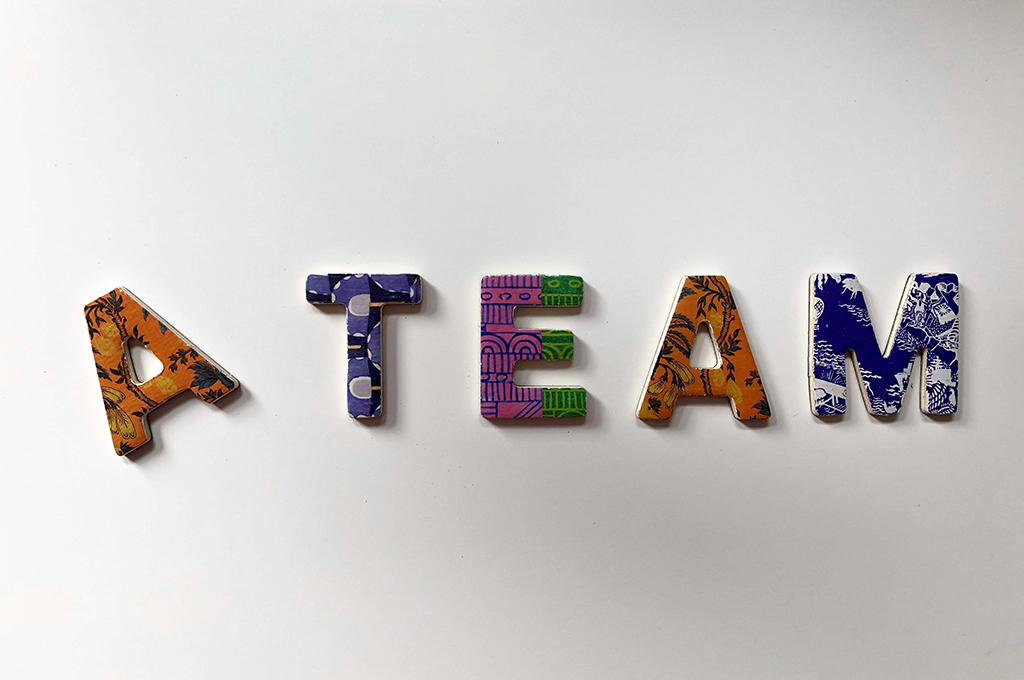There has been a lot of research into effective teams. One very good, actionable paper that I recently found is McKinsey‘s “Go, Teams: When Teams Get Healthier, the Whole Organization Benefits” from last year. I would highly recommend this paper to managers, OD experts, coaches and consultants who work with teams in an organisational context.
When Science Meets Practice
However, I do have one point of disagreement with the McKinsey perspective. In their article, they state that ‘team effectiveness is less art, more science’. As a practitioner who has worked with teams for the past 20 years, I would rephrase this statement as follows: ‘Team effectiveness is a science, but translating theory into practice is art’.
Bridging the Gap Between Theory and Reality
When working with teams, there is an obvious discrepancy between the desired state of a team and its actual state. You can measure this using the success factors from the McKinsey research. For example, you may find that a team lacks a clear purpose and is unable to articulate what it is meant to accomplish. It probably makes sense for the team to work on this! At the same time, in my facilitation practice, I have noticed that successful team development is always linked to something less tangible. It’s about what’s ‘between the lines’, something that can’t easily be accessed through measurement.
A Moment of Transformation in Practice
Let’s look at a practical example from my work: I worked with a leadership team that was in the middle of a huge transformation. We worked on many of the ‘obvious’ topics, such as clarifying their new role in the organisation and defining mutual expectations. All of this made sense. However, it was a moment when one of the team members suddenly stood up and told the group leader, ‘Do you know how cynical you are? All the little jibes might be meant to be fun, but they hurt me!” This sparked a deep and meaningful conversation within the group about what was important to them for their collaboration and successfully navigating the transformation. Guiding the team and facilitating the group’s process was definitely more art than science!
Looking Ahead: Exploring the Art of Team Coaching
Thus, in my upcoming series about team coaching and development, I will introduce mindsets, tools and theories that will help you manage your teams more efficiently by reading between the lines. Here are the headlines:
- The Relational Perspective in Team Coaching
- Team Coaching and Organisational Dynamics
- The Role of Power and Privilege in Team Coaching
- Facilitating Connection and Belonging
- The Role of the Team Coach: Using Yourself as a Tool
I look forward to hearing your thoughts and experiences on the art of team coaching and development!
Empower Your Teams with Julius Lassalle
Building healthy, high-performing teams is both a science and an art and mastering both is key to thriving organisations. Through tailored team coaching and leadership consulting, Julius Lassalle helps leaders and teams move beyond theory into meaningful, lasting transformation. Whether you’re looking to strengthen collaboration, navigate change, or cultivate trust and connection, our approach blends research-based methods with deep relational insight. Discover how Julius Lassalle can support your team’s growth and create the foundation for a healthier, more effective organisation or explore our embodied leadership trainings with alive school to experience transformation in action.
